In this case, no news is bad news, but Official News is pretty bad, too.. The Examiner. Excerpts:
Officials advised the Assumption Parish President on Thursday that Bayou Corne sinkhole area has high levels of methane in nearby water wells, posing risks to health, fire and explosion and that residents need to heed the mandatory evacuation order. That day, parish officials postponed Saturday's resident briefing with no explanation.
“Of the chemicals reviewed, only methane, detected in the industrial water wells, presents a potential health risk (Type 2 of fire/explosion),” Dr. Raoult Ratard, State Epidemiologist of the Louisiana Department of Health and Hospitals Office (DHH) of Public Health stated in an environmental data report of the Bayou Corne oil and gas sinkhole event sent to Assumption Parish President Martin S. Triche Thursday.
..
Speculations are increasing that methane is the mysterious "powerful underground force" wreaking havoc in south Louisiana, including the sinkhole disaster area.
Methane gas leaks are spreading throughout the south Louisiana area. Within four months, as of this week, methane bubbling sites have increased to twenty-eight, including in Pierre Part, outside the mandatory evacuation area but within hearing distance and jolts of seismic activities where foul chemical odors are nauseating and burning, as some residents there have reported.
..
So what's the worst case scenario? (Same author, same site, from August 5)
If any of the melted methane at the ocean bottom has access to strata which could also fracture, could it travel horizontally underground for some distance, to surface miles away?
In “The Worst-Case Scenario,” a frightening "low-probability" scenario was described on Huffington Post by DK Matai, Chairman of Asymmetric Threats Contingency Alliance (ATCA) & The Philanthropia. Matai highlighted the possibility of the "massive bubble trapped for thousands of years under the Gulf of Mexico sea floor" exploding and setting off a "tsunami [traveling] at a high speed of hundreds of miles per hour."
"There are serial resistances along channels, say along stata or their boundaries; transverse resistances between channels; and transverse capacitances which are voids where gas can be stored at applied pressures," retired neuroscientist Paul Brown explained to Deborah Dupré Saturday. "In the case of a long-lasting increase of source pressure due to an undersea rupture, as the gas travels along the longitudinal channels, pressure buildup is slower and slower at greater and greater distances.
Short Answer: Big-Ass BOOM! Big Waves. Lots of steam. Low probability, though, so that's a relief, right? I guess the key now is how to stop the sinkhole from spreading, for which there is still not an answer. And there are still no acceptable answers for all the nervous Cajuns waiting for the next shoe to drop..
Officials advised the Assumption Parish President on Thursday that Bayou Corne sinkhole area has high levels of methane in nearby water wells, posing risks to health, fire and explosion and that residents need to heed the mandatory evacuation order. That day, parish officials postponed Saturday's resident briefing with no explanation.
“Of the chemicals reviewed, only methane, detected in the industrial water wells, presents a potential health risk (Type 2 of fire/explosion),” Dr. Raoult Ratard, State Epidemiologist of the Louisiana Department of Health and Hospitals Office (DHH) of Public Health stated in an environmental data report of the Bayou Corne oil and gas sinkhole event sent to Assumption Parish President Martin S. Triche Thursday.
..
Speculations are increasing that methane is the mysterious "powerful underground force" wreaking havoc in south Louisiana, including the sinkhole disaster area.
Methane gas leaks are spreading throughout the south Louisiana area. Within four months, as of this week, methane bubbling sites have increased to twenty-eight, including in Pierre Part, outside the mandatory evacuation area but within hearing distance and jolts of seismic activities where foul chemical odors are nauseating and burning, as some residents there have reported.
..
So what's the worst case scenario? (Same author, same site, from August 5)
If any of the melted methane at the ocean bottom has access to strata which could also fracture, could it travel horizontally underground for some distance, to surface miles away?
In “The Worst-Case Scenario,” a frightening "low-probability" scenario was described on Huffington Post by DK Matai, Chairman of Asymmetric Threats Contingency Alliance (ATCA) & The Philanthropia. Matai highlighted the possibility of the "massive bubble trapped for thousands of years under the Gulf of Mexico sea floor" exploding and setting off a "tsunami [traveling] at a high speed of hundreds of miles per hour."
"There are serial resistances along channels, say along stata or their boundaries; transverse resistances between channels; and transverse capacitances which are voids where gas can be stored at applied pressures," retired neuroscientist Paul Brown explained to Deborah Dupré Saturday. "In the case of a long-lasting increase of source pressure due to an undersea rupture, as the gas travels along the longitudinal channels, pressure buildup is slower and slower at greater and greater distances.
"For distances of many miles, it’s conceivable that this pressure buildup could take months or years. If the pressure at the input, from the undersea methane pool, is maintained over this period, then capacitances will charge (pressure will build up to near the source pressure) along the channels, and fracturing may occur (like short-circuiting some of the transverse resistances due to displacement of material between high- and low-pressure compartments), allowing gas to travel both vertically and horizontally into areas not originally accessible."According to Brown, "The fact that methane is more compressible than water is irrelevant over long periods and with a sufficient supply of high-pressure methane.
Short Answer: Big-Ass BOOM! Big Waves. Lots of steam. Low probability, though, so that's a relief, right? I guess the key now is how to stop the sinkhole from spreading, for which there is still not an answer. And there are still no acceptable answers for all the nervous Cajuns waiting for the next shoe to drop..










































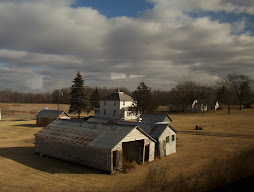


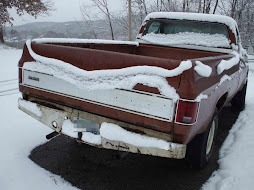

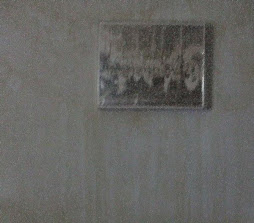





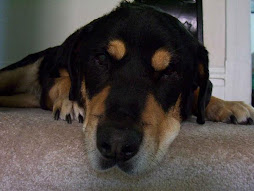
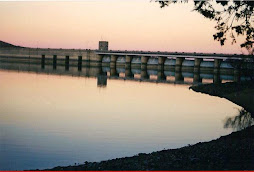






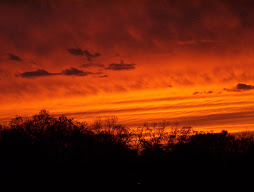








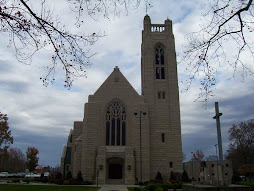





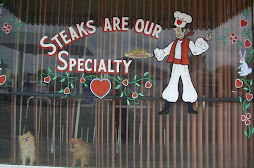














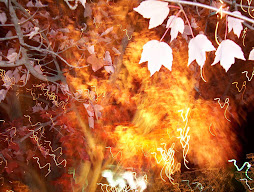









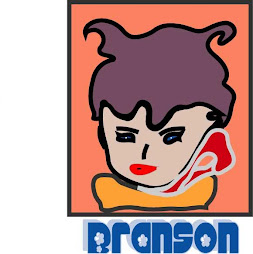



No comments:
Post a Comment